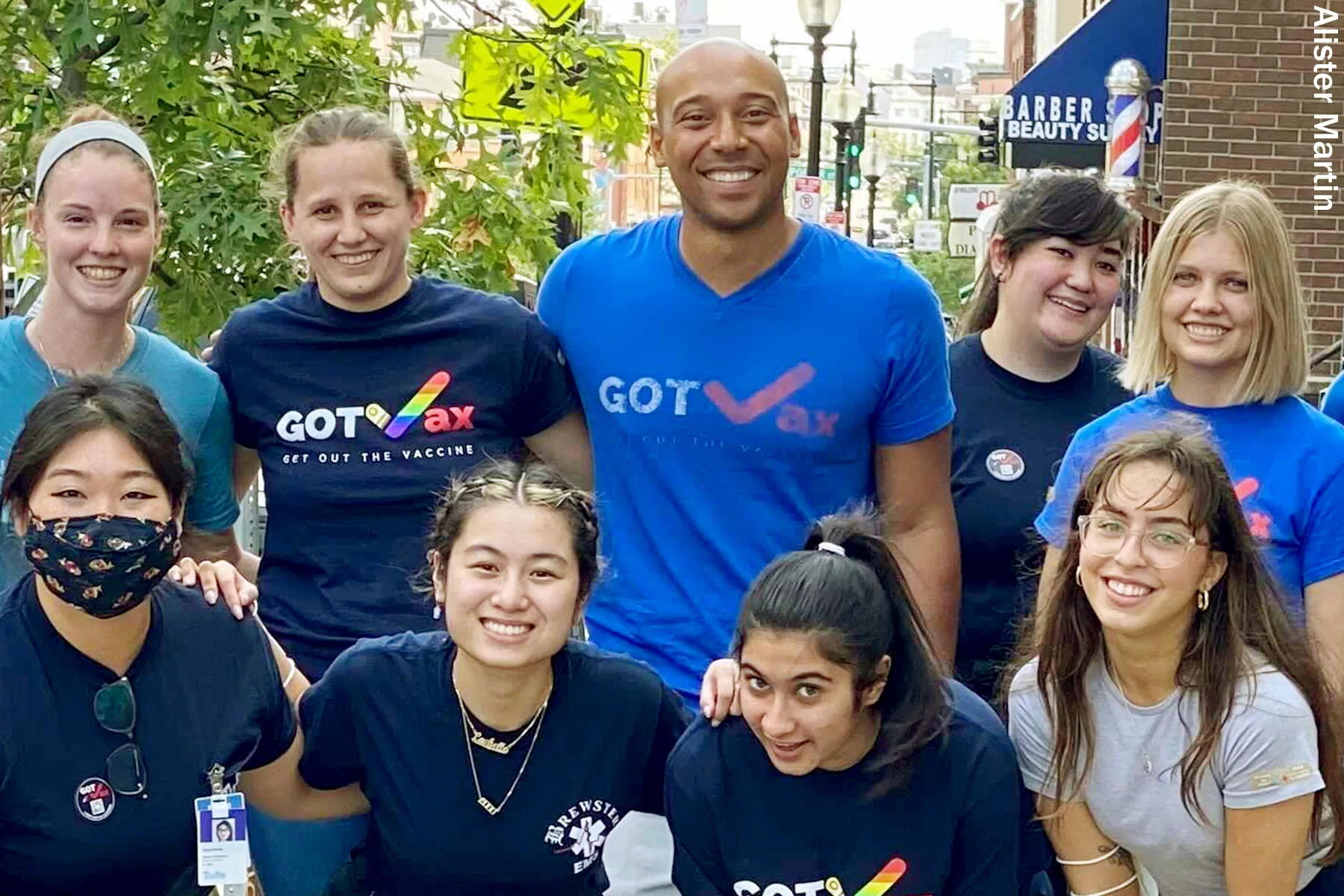Report: NY Inspector General Calls Out Worsening Racial Disparities In Prison Discipline
Over six years, while incarcerated in one of New York's prisons, a Black inmate was almost 22 percent more likely to be issued a misbehavior report than a white inmate.

Discipline in New York’s prison system has only gotten more unequal. New York’s Inspector General Lucy Lang confirmed a significant racial disparity exists between the discipline of white incarcerated people and Black and Hispanic incarcerated people in New York’s prison system within the New York State Department of Corrections and Community Supervision (DOCCS) in a report released last month.
Following the publication of a 2016 New York Times article that described serious racial bias in a review of nearly 600,000 disciplinary records, then-governor Andrew Cuomo mandated the New York State Inspector General “investigate the allegations of racial disparities in discipline in State prisons.”
According to the report, over six years, a Black incarcerated person was almost 22 percent more likely to be administered a misbehavior report than a white incarcerated individual.
Additionally, a Hispanic incarcerated person was 12 percent more likely to be given a misbehavior report than a white incarcerated individual.
Investigators found that regardless of disparities, over half of incarcerated individuals — 56 percent — were issued a misbehavior report between 2015 and 2020.
And disparities have not improved during the six year span data was analyzed. By 2020, on average, white incarcerated individuals recieved more than 57 percent fewer reports than people of other races, a 27 percent increase in the racial disparity of reports issued compared to 2017.
Report Recommendations
The Inspector General’s office issued seven key recommendations to the Department of Corrections and Community Supervision:
- Further Analyze Disciplinary Data and Evaluate Racial Disparities Found at the Facility and Issuing Employee Levels, developing procedures to investigative disparities for potential issues of explicit or implicit bias;
- Include Data on Tier I Violations in Its Analysis of Racial Disparities, which the IG says is required to be captured by policy but isn’t yet incorporated into racial disparity analysis;
- Provide Guidance to Facility Review Officers on the Tiering of Violations, to reduce discretion and lay out factors to conside, since currently DOCCS does not provide guidance on how to make tier determinations;
- Clarify Vague Policy Statements About When Disciplinary Action Should be Taken to Lessen the Opportunity for Personal Interpretation, a recommendation originally made by the NIC and rejected by DOCCS on the ground sthat officers should have greater discretion;
- Make Specialized Training on Implicit Bias an Annual Requirement for All Staff, increasing the frequency of training from once during a three year period as part of a commissioner’s initiative to once a year;
- Increase the Use of Statewide Commissioner’s Hearing Officers for Tier III Hearings, who, due to their separation, may be less likely to be influenced by biases in facility leadership; and,
- Periodically Publish Anonymized Disciplinary Data and Results of Relevant Analyses, creating public records in the interest of enhanced transparency .
Ultimately, despite efforts to track the issue and take action to improve disparities, Lang wrote, the report’s analysis revealed that “since 2018, racial disparities have increased, with particularly significant increases occurring in 2020.”
Racial disparity trend analysis in this kind of data can be difficult, a reality the Inspector General acknowledges in her report, along with the disruptions of the COVID-19 pandemic.
“But these factors do not absolve DOCCS of its duty to uncover and address any racial bias in its incarcerated individual disciplinary system,” Lang wrote.
“In order to meet the Department’s mission to improve public safety we strive to ensure that we operate a fair system in all aspects, from program and work assignments to the disciplinary process,” the Department of Corrections and Community Supervision wrote in part of its response to the Inspector General’s investigation and recommendations.
The full IG report titled Racial Disparities in the Administration of Discipline in New York State Prisons was published in November 2022 and can be read here.

 Landwebs
Landwebs 



















